The vast, untamed landscapes of Mongolia have long captivated the imaginations of intrepid travelers. Recently, a surge in European adventurers has been observed, flocking to experience the country’s unique cross-border train journeys. Bookings for these rail expeditions have doubled in the past year, signaling a growing fascination with Mongolia’s rugged beauty and nomadic culture.
The allure of Mongolia’s rail adventures lies in their ability to transport travelers through time as much as distance. The Trans-Mongolian Railway, a legendary route connecting Moscow to Beijing via Ulaanbaatar, offers a window into the country’s soul. Rolling steppes, towering dunes, and remote settlements unfold outside the train windows, creating an experience that feels both epic and intimate. For Europeans weary of predictable vacations, this journey represents the perfect antidote—a chance to disconnect from modernity and embrace the raw, unfiltered essence of Central Asia.
Travel agencies specializing in experiential tourism report that demand for these trips has skyrocketed. "We’ve seen a 100% increase in bookings from Germany, France, and the UK," notes Lars Weber, a Berlin-based tour operator. "Clients are drawn to the idea of slow travel—immersion over Instagram stops." Unlike conventional tours, these rail journeys emphasize spontaneity, with unscheduled stops allowing passengers to interact with local herders or explore hidden monasteries.
The appeal isn’t limited to the scenery. Mongolia’s train culture itself is a revelation. Soviet-era carriages, with their wood-paneled compartments and samovar-boiled tea, evoke a bygone era of rail travel. Nights spent swaying to the rhythm of the tracks, swapping stories with fellow passengers, become as memorable as the destinations. This isn’t just transportation; it’s theater, a communal experience that digital nomads and solo travelers crave in an increasingly isolated world.
Local communities are also benefiting from this tourism boom. Homestays near rail stops report higher occupancy, and artisans selling traditional crafts—from handwoven cashmere to intricately carved saddles—are finding new markets. "The trains bring people who want authenticity," says Enkhbat Dorj, a herder turned guide in the Gobi Desert. "They don’t come for resorts. They come to taste airag (fermented mare’s milk), to sleep in gers, to hear throat singing under the stars."
Despite the surge, challenges remain. Infrastructure outside Ulaanbaatar is sparse, and language barriers persist. Yet, these very obstacles seem to enhance the adventure for many. "Getting lost is part of the charm," laughs Clara Moreau, a French photographer who chronicled her two-week journey online. "When the train stops in the middle of nowhere because a herd of camels is crossing, that’s when you realize you’re not just a tourist—you’re part of the landscape."
As winter approaches, another dimension emerges. The "Ice & Steppe" packages—featuring frozen lakes and snow-dusted plains—are selling out months in advance. For Europeans accustomed to crowded Alpine resorts, Mongolia’s silent, crystalline winters offer a revelation. The trains, heated and stocked with hearty Mongolian stews, become moving sanctuaries against the cold.
This trend reflects a broader shift in travel preferences post-pandemic. The desire for meaningful, off-grid experiences has overtaken the checklist mentality of pre-2019 tourism. Mongolia, with its emptiness and openness, provides a canvas for self-discovery. Here, the journey isn’t measured in miles but in moments—the shared vodka with a Russian geologist at 2 a.m., the unexpected eagle hunting demonstration by a Kazakh family, the endless sky that makes every sunset feel like a private spectacle.
Looking ahead, operators are expanding offerings to include lesser-known routes like the Mongolian-Manchurian line or themed trips focused on archaeology or wildlife. Sustainability concerns are being addressed through partnerships with local conservation groups, ensuring that this tourism wave doesn’t erode the culture it celebrates. One thing is certain: as long as there are travelers seeking the road less taken, Mongolia’s iron horses will keep galloping across the steppes, their carriages filled with wide-eyed dreamers from distant lands.

By Lily Simpson/Apr 7, 2025
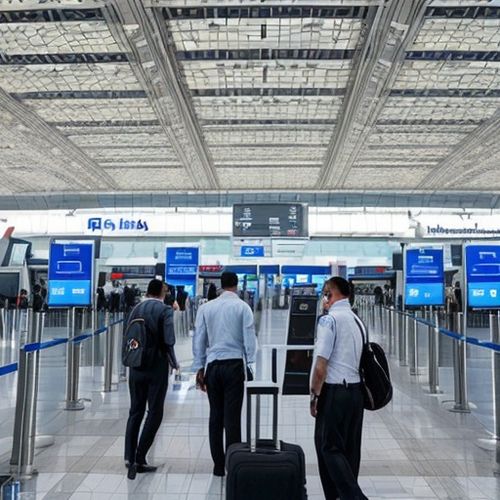
By Samuel Cooper/Apr 7, 2025
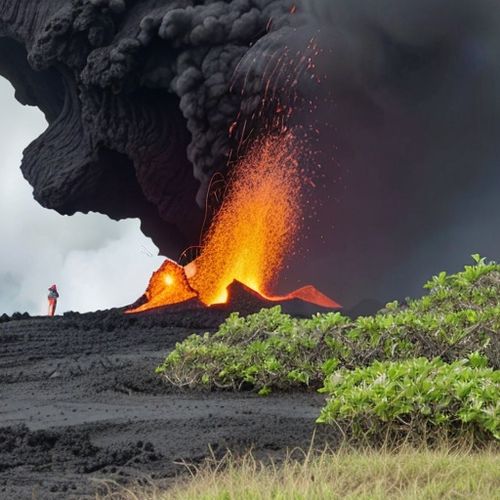
By Rebecca Stewart/Apr 7, 2025
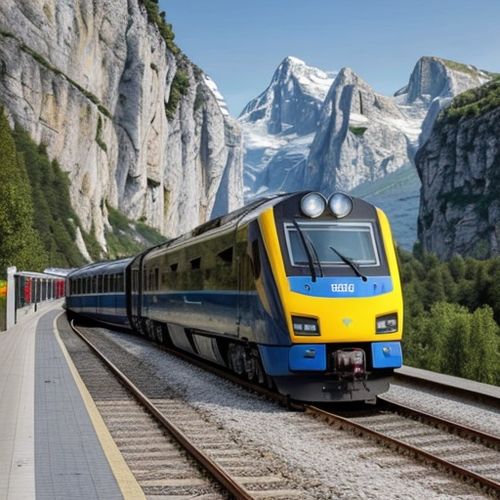
By Sarah Davis/Apr 7, 2025

By Rebecca Stewart/Apr 7, 2025
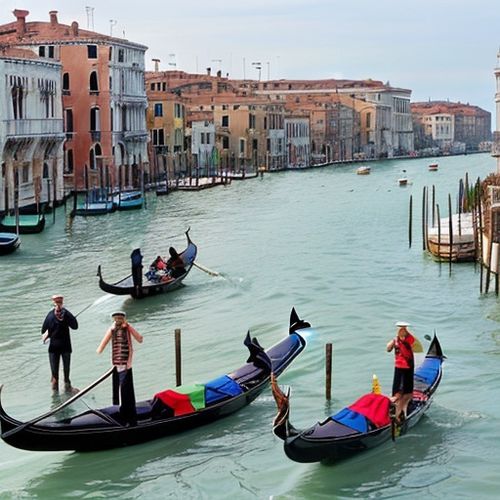
By Amanda Phillips/Apr 7, 2025
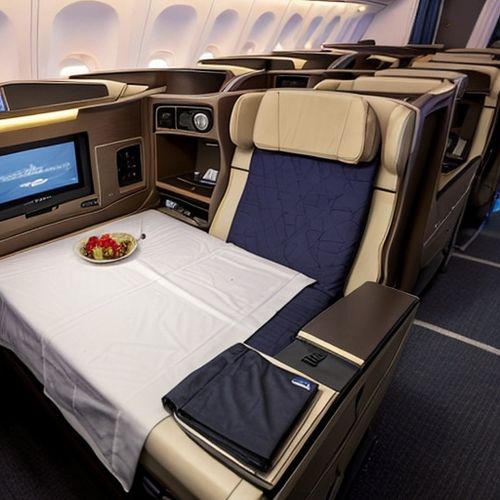
By Natalie Campbell/Apr 7, 2025
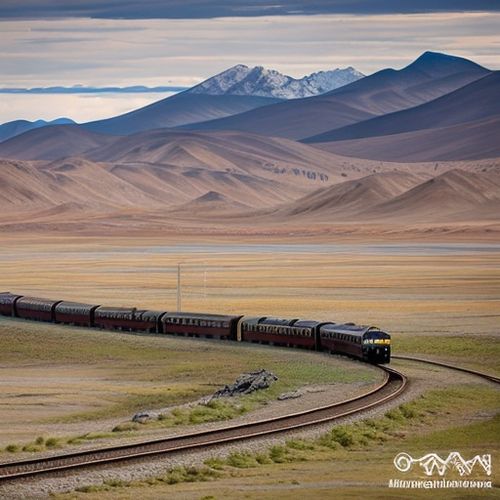
By Jessica Lee/Apr 7, 2025
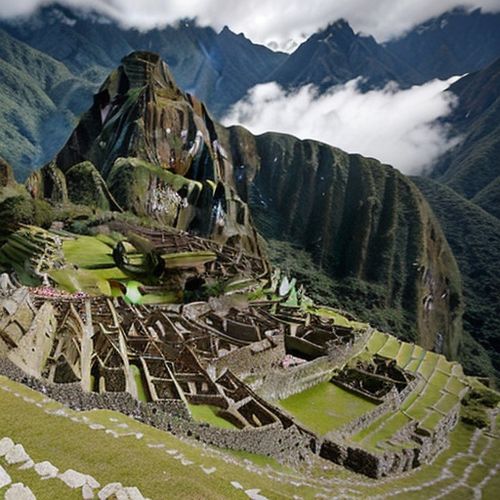
By Thomas Roberts/Apr 7, 2025
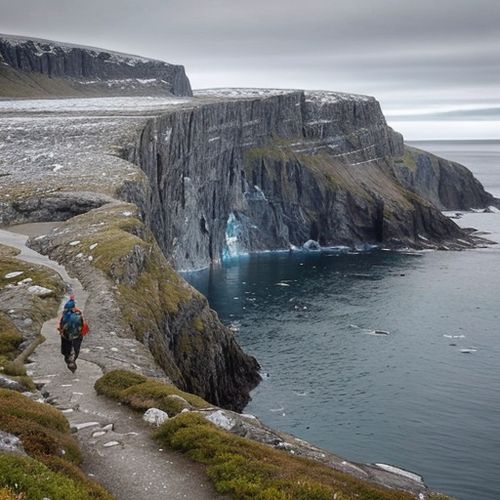
By Daniel Scott/Apr 7, 2025
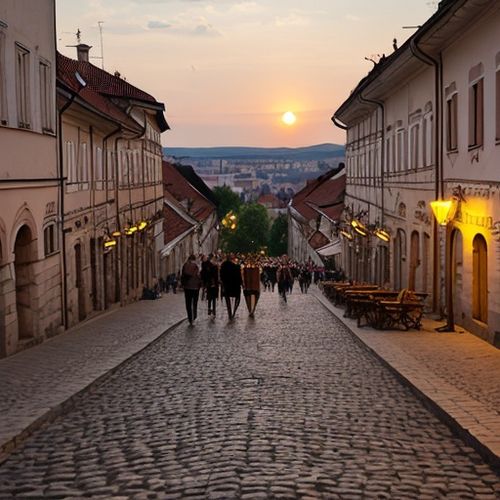
By Emily Johnson/Apr 7, 2025

By Victoria Gonzalez/Apr 7, 2025
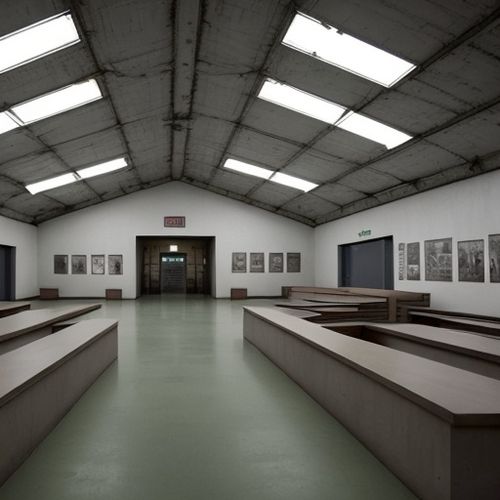
By George Bailey/Apr 7, 2025
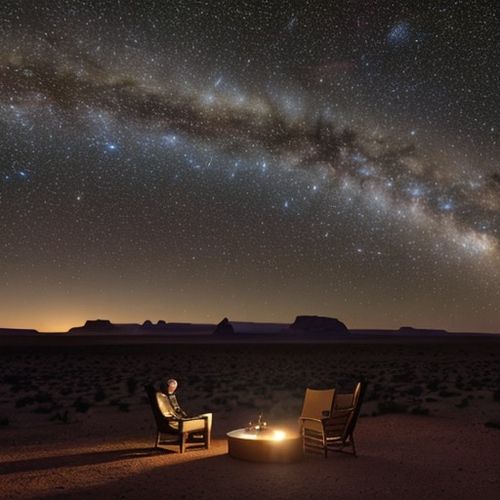
By Rebecca Stewart/Apr 7, 2025
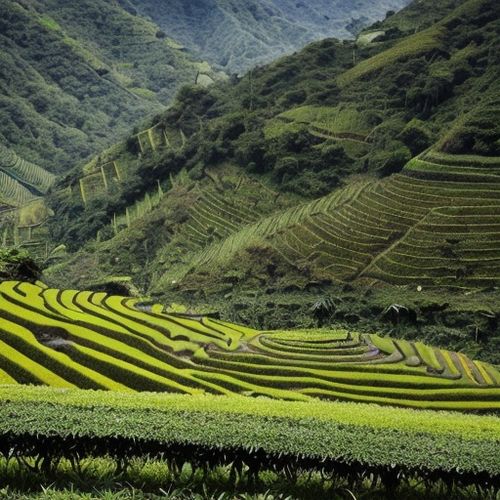
By Elizabeth Taylor/Apr 7, 2025
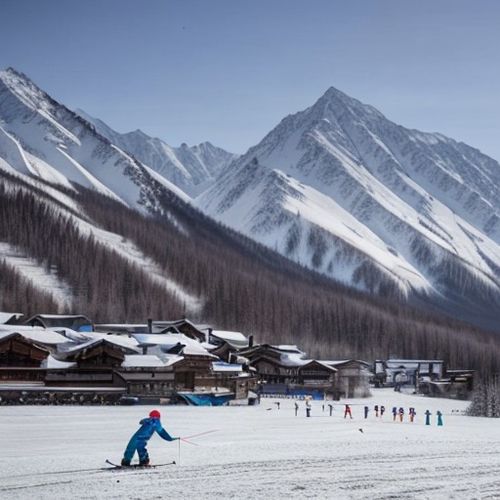
By Thomas Roberts/Apr 7, 2025
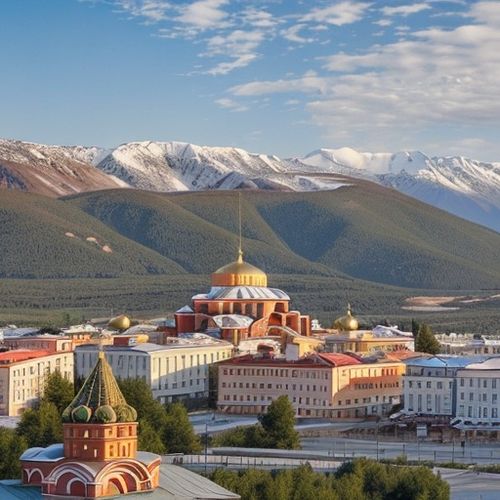
By Lily Simpson/Apr 7, 2025